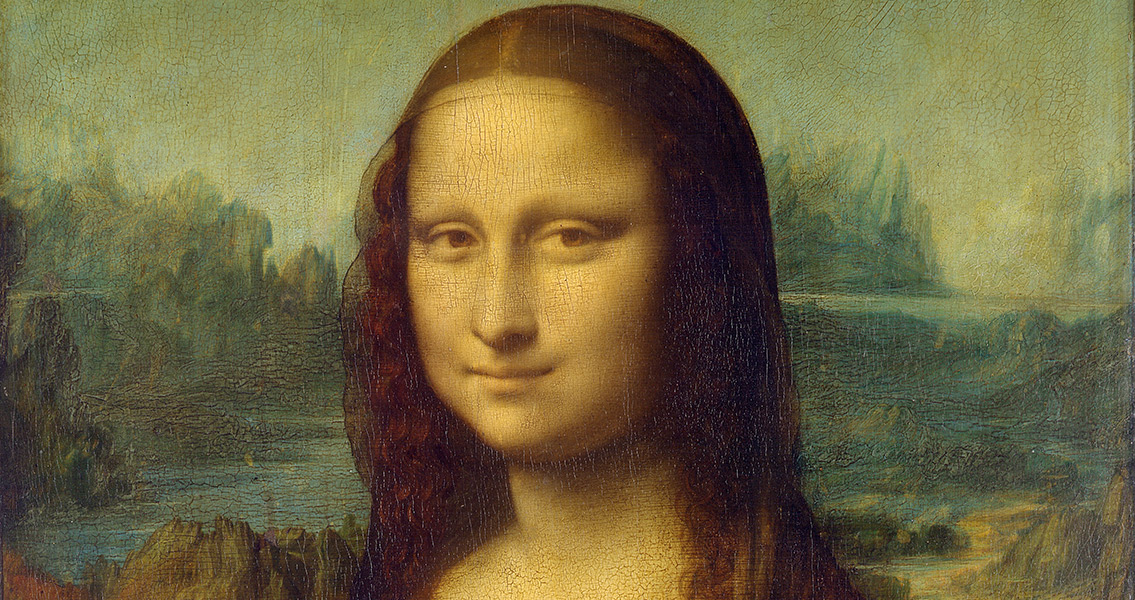<![CDATA[A team of Italian scientists looking for the woman who sat for what is probably Leonardo da Vinci’s most famous painting, the Mona Lisa, has reached what can only be described as a dead end. The team, led by historian Silvano Vinceti, found three bone fragments in a Renaissance convent graveyard in Florence that match the time period when Lisa Gherardini lived. However, the state of the bones and the lack of any relatives of Gherardini that DNA extracted from the fragments could be compared to has made any further clarification impossible. Vinceti’s team has been looking for the woman with the mysterious smile since 2011 at the graveyard of a convent in Florence where, according to Renaissance historical records, Lisa Gherardini, wife of silk merchant Francesco del Giocondo, spent her last years. These same historical sources claim she went to the convent after the death of her husband and died there in 1542, aged 63. The researchers excavated a dozen skeletons in the graveyard, Discovery News reports, of which all but one apparently failed to meet the timeframe criteria. Eight of them, while well preserved, were older than Gherardini’s. Another three, more deteriorated, did not match the time period either. The last one, which actually consisted of just fragments of a femur, a shinbone, and an ankle, did match the time period when Gherardini lived. These fragments, along with the remains of another three individuals, were found in a common grave. The researchers used radiocarbon dating to analyse the bones, which helped pinpoint the time these individuals had died, but unfortunately the state of the skeleton from the right time was too damaged. The four bodies were buried in an extremely humid vault that caused the irreversible deterioration of the bones. What’s more, the fragments that matched Lisa Gherardini’s lifetime did not include a skull. If a skull was found, it may have allowed the team to reconstruct the facial features of its owner and see if they looked anything like the famous painting. Still, Vinceti’s team are certain that it was this woman who was the prototype of the Mona Lisa, a portrait commissioned by Francesco del Giocondo in 1503, according to one contemporary source, Giorgio Vassari, an artist and biographer of artists in Renaissance Florence. Vinceti told AFP that the results of the bone fragments’ analysis were "a coming together of elements, from anthropological exams to historic documents, which allow us to conclude that the remains probably belong to Lisa Gherardini." It is interesting in any case that even if the bones were not so damaged, and even if there was DNA material they could be compared to, the mystery of who the model for the Mona Lisa was would still remain unsolved, because there is more than one hypotheses about it. Some, for example, believe that it is Leonardo da Vinci, who painted his self-portrait and put in the smile that has fascinated generations of art connoisseurs. Another hypothesis has it that the model was male, the Guardian writes, or that Da Vinci used several people to sit for the painting. It seems likely that the story of one of the Louvre’s most prized possessions will remain a mystery.]]>
Search for Mona Lisa Model Reaches Dead End
